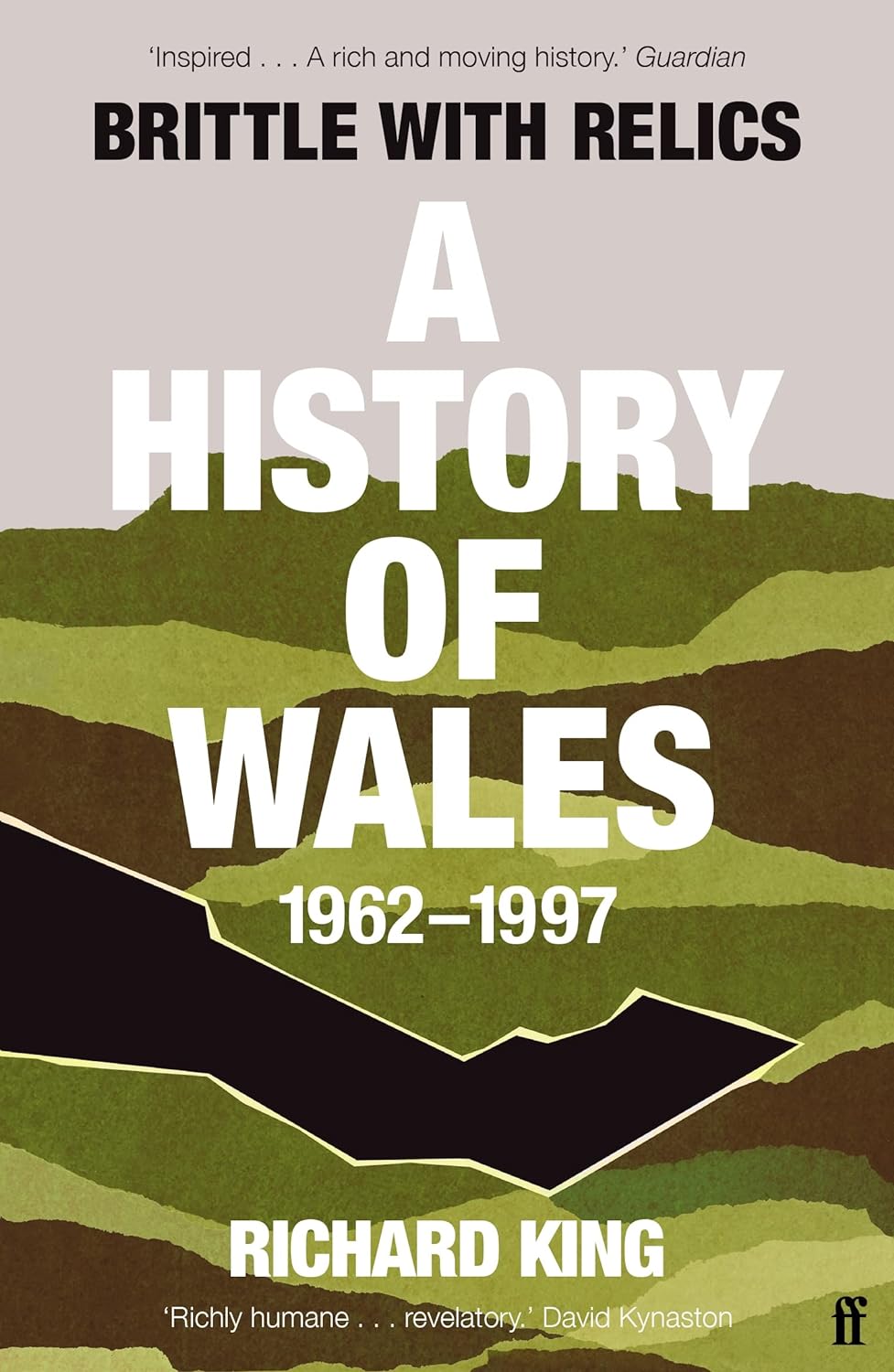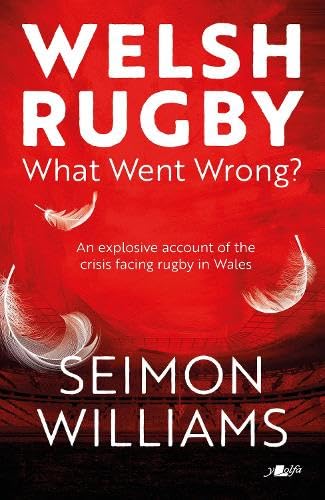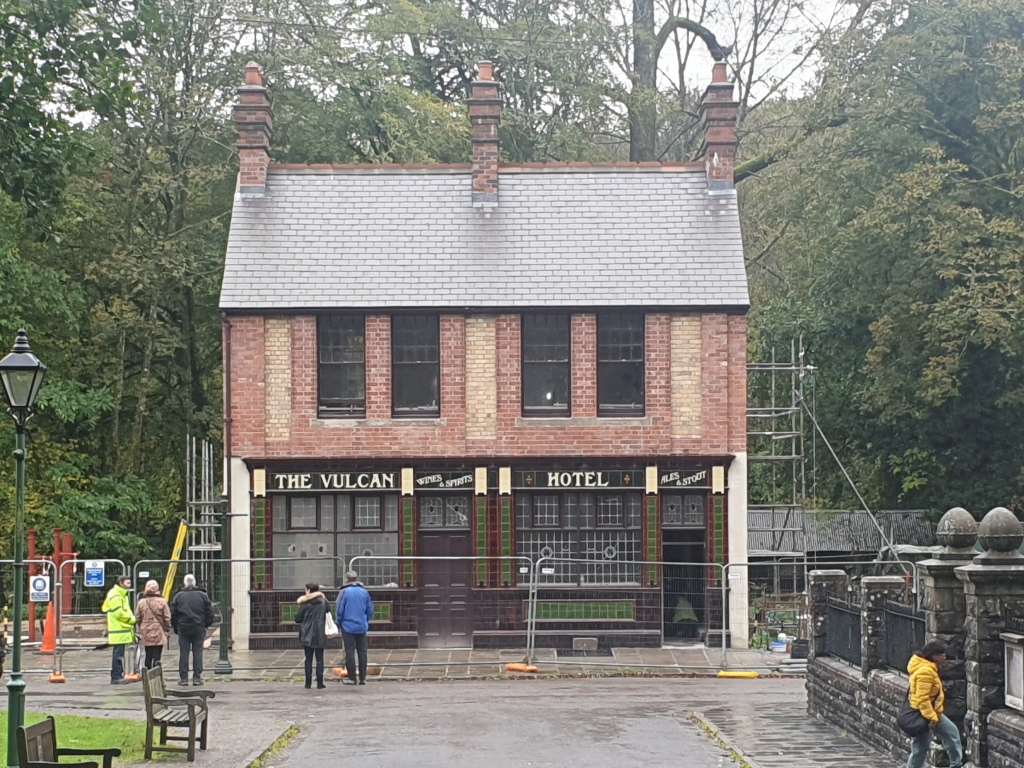



At this time of year, I often post about my recent reading, generally on the theme of retail books. This year though there is a different theme. Normal service will be renewed in due course.
I grew up in South Wales in the 1960s. The back of my car, Scottish number plate and all, has a Cofiwch Dryweryn sticker which has sparked a few conversations about why we should Remember Tryweryn. It has special relevance these days as the “UK Government” sidelines, diminishes and re-colonises the “devolved” nations. Not much has changed in my lifetime in that regard.
My detailed knowledge of the events of the 1960s onwards and the fight for rights, bilingualism, S4C etc is somewhat lacking. It was a soundtrack of my growing up, but in the background and a little muted. Yet reading some recent books has brought more of that period out for me, and sharpened things I was aware of, at the time.
Tryweryn: A New Dawn?: The Legacy of the Drowning of Capel Celyn is an even-handed and detailed account of the saga of the drowning of Lake Dryweryn by Liverpool Corporation and the role of various political and other actors of the time. It draws out the conflict, as well as the conflicted nature of looking for purely binary divides. But what was done and how it was done, remain shameful.
Brittle with Relics: A History of Wales, 1962–97 is an oral history that is much less even-handed. It documents in words, by those that were often there, the struggles for identity and the reactions to a range of events in Wales from the 1960s. From Tryweryn, the investiture, Aberfan, bilingual road signs, S4C, the miners strikes, the referendum on the (now) Senedd, the changing social and economic nature of the country, overlain by language and sense of difference, it captures my sense of otherness. And that is something I value in the Scotland I have lived in for 40 years. There is an alternative to a Westminster approach; one that is more grounded in concern for people, their lives and their culture and identity.
In October we visited the National Museum at St. Fagans. I had been there before, but not for some time. It was October, it was wet, but the buildings remain hugely interesting. The Oakdale Workmen’s Institute was a highlight as was seeing The Vulcan Hotel re-emerging as a pub next door. The Ewenny Kiln comes from a few hundred yards from where I lived, and the Gwalia Stores (my retail link for today) is from the Ogmore Valley. But it is bittersweet; these buildings were the hearts of communities, and those communities are diminished in so many ways.


But what also captured me were the galleries and their renditions of changing Wales including again Tryweryn, Aberfan, the investiture but also more recent gender and ethnic politics and the current rise in football interest through the Wal Goch. In some ways it was Brittle with Relics in visual form and quite combative (for some) in its content and approach to national identity (rightly so). Compare and contrast to the other ‘National’ Museums around the rest of the UK and London.
The visit did make me think about the founding of St. Fagans and encouraged me to turn to the recent book on Iorwerth Peate, (Man, Myth and Museum: Iorwerth C. Peate and the Making of the Welsh Folk Museum). The story, the myth, the battles (petty squabbles) and the fight for the Folk Museum was unknown to me. St. Fagans had just always been there as I grew up (yet it was only established a few years before my birth). Many aspects of discussing what a Folk Museum should be, and whether it should cover industrial heritage and life, were especially interesting, particularly given the rural/industrial dichotomy of Wales. But an abiding thought was the way the language was written into St. Fagans’ development by Peate. Without that, so much might have been different (and reduced).
That sense of struggle permeates these three books. Often the struggle is with those ‘outside’. In some cases though, the fight is with those inside Wales or parts of its culture and identity – a claustrophobia born of power dynamics and small men in control. The power mechanisms of the national bodies (as seen in the Iorwerth Peate story), the lack of ‘groundedness’ and not seeing that change is needed, brings us to the final book – Seimon Williams’s tale for the ages of clinging on to the past (in so many bad ways) in Welsh Rugby (WELSH RUGBY: What Went Wrong?). Not much in the book is new to those who inhabit Gwladrugby, but to see it all brought together and laid out in one place hammers home the catalogue of disastrous mis-steps that have brought Welsh rugby to its knees. If (and even I now think it is a question) rugby is a key component of Welsh identity, then the face revealed is ugly and unfit for 2023/4 (and indeed well before that). How could so few get so much wrong? And keep on thinking they were right? It isn’t new and it isn’t all about personal gain, but is so often about dismissing “others” who think or look different.
Four different books, but with chords that resonate across them. What is identity and how do we forge new structures, models, organisations when it is so contested, despised (by some) and challenging to the powers that have been for so long? Whilst about Wales and its (our) idiosyncrasies, the themese could be about so many people, places and countries.
References
Thomas, Wyn (2023) Tryweryn: New Dawn?: The Legacy of the Drowning of Capel Celyn. Y Lolfa: https://www.ylolfa.com/products/9781912631483/tryweryn-a-new-dawn
Wiliam, Eurwyn (2023) Man, Myth and Museum: Iorwerth C. Peate and the Making of the Welsh Folk Museum. University of Wales Press: https://www.uwp.co.uk/book/man-myth-and-museum/
King, Richard (2022) Brittle with Relics: A History of Wales, 1962–97. Faber & Faber: https://www.faber.co.uk/product/9780571295654-brittle-with-relics/
Williams, Seimon (2023) WELSH RUGBY: What Went Wrong?. Y Lolfa: https://www.ylolfa.com/products/9781912631506/welsh-rugby-what-went-wrong

